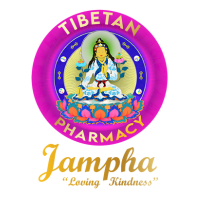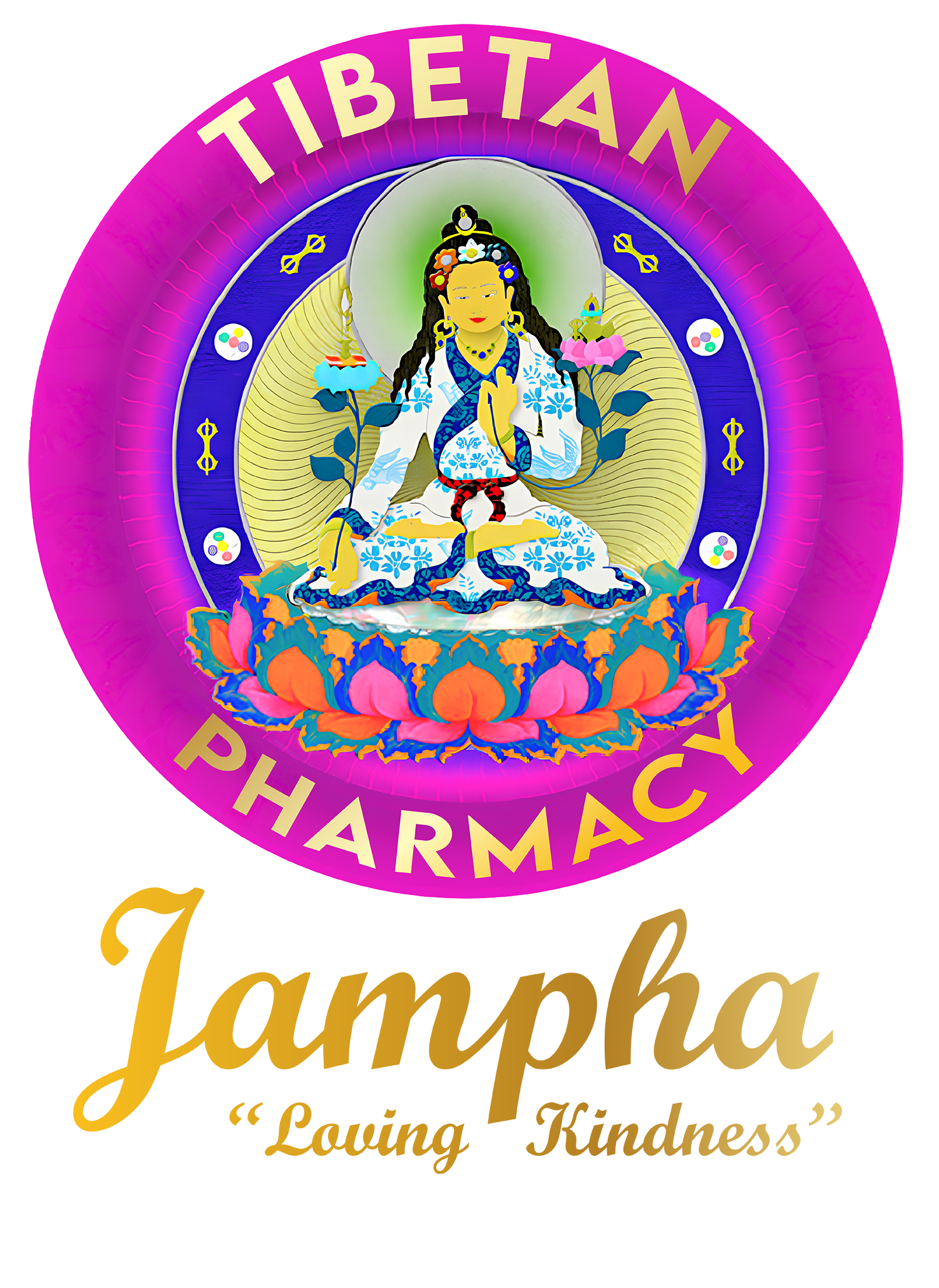Heal and protect your eyes. Support clear vision.
This precious pill is beneficial for all kinds of eye disorders. When taken by a healthy person, it protects your eye health Indications for Rinchen Seljed Chakril Chenmo include cataracts, painful tears, light intolerance, blood shoot eyes, partial or complete blindness due to dilation of the pupil, blurred vision, weakening of the vision due to the partial cataract of the cornea, blindness due to inner cataract, burning sensation in eyes, intolerance to wind, swelling of an eyelid, dry and watery eyes, excessive eye crud, growth of wart or pimples on the sclera (white part of the eye), infection of the tear gland, disorder of optic nerve, difficulty in opening and closing of eyes.
This formula is exceptionally beneficial against cataracts due to chronic compounded poisoning. Other benefits include alleviating anemia, reducing rashes and pimples, helping to resolve chronic gastrointestinal disorders that include blood in vomit, and ameliorating chronic jaundice.
SUPERSTAR INGREDIENTS
Shilajit, Emblica Officinalis, Syzygium Aromaticum, Amomum Subulatum, Punica Granatum, Aquilaria Agallocha, Adhatoda Vasica, Indian Valerian
Taking the Tibetan Precious Jewel Pills
The Tibetan Jewel pills are individually protectively wrapped in cloth and are made at Tibetan medical monasteries in Tibet, Bhutan, Siberia, Nepal, and India.
The Tibetan Precious Jewel pills have up to 150 ingredients, including purified gemstone powders such as coral, turquoise, pearls, Lapis lazuli and the rare indigenous gem of Tibet-The Zhi, purified gold, silver, copper, and many botanicals such as bamboo mannu, clove, nutmeg, Terminalia chebula Retz, Terminalia belerica roxb, and Emblica officinalis linn (fruits), and many others.
Instructions for Traditional Larger Pill
Extract pills do not need soaking to soften. A night before taking the precious pill, soak the pill in a small amount of hot boiled water using a clean, unbroken cup covering it with a lid or white cloth, and leave it to stand overnight. The pill should not be exposed to bright light. Early the next morning, before day breaks, crush and stir the pill with a spoon or other implements. Add a little hot water and drink the whole mixture. Retire to bed with a warm covering and sleep for about one hour to induce a little perspiration. Then, take a small amount of hot water infused with saffron to close the body channels. This will help to retain the effect of jewel medicine in the body. If one needs to take the medicine urgently, it can also be taken with hot water like any other Tibetan pill.
When taken for rejuvenation by a healthy person, it should be taken on an auspicious date like the eighth day of the month, full moon and new moon days of the Tibetan lunar calendar, and other auspicious days to gain optimum results.
Suggestions
For a period of three to seven days after taking the Jewel pill, avoid fish, pork, egg, sour alcohols, onion, garlic, wild garlic, putrid food, hot spices, strenuous physical activities, accidents, daytime sleep, cold bath, and sex.
Long Mantra of the Medicine Buddha
Om Namo Bhagawate Bhekhaze Guru Bendurya Prabha Razaya Tatha Ghataya Arhate Samnya Sam Buddhaya Tayatha Om Bhekhaze Bhekhaze Maha Bhekhaze Bhekhaze Razaya Samung Ghate Svaha
Om Mani Padme Hum
Short Mantra of the Medicine Buddha
TAI YA TA OM BHEYKANZI BHEYKANZI MAHA BHEYKANZI BHEYKANZI RADZA SAMUND GA-TE SOHA
Note: Except in case of emergencies or as directed by a trained holistic practitioner, precious Jewel pills are to be taken on auspicious occasions such as full and new moon days,
Medicine Buddha days, Guru Rinpoche, and other practice days.
🎋Visualizing you in perfect health with a happy mind and joyous heart
💗
🌺 Amchi Lekshe La
Product Pairings
Why These Pairings?
Each paired product can amplify the benefits and elevate your wellness journey.
White Elephant Tibetan Infusion
White Elephant combines 34 different herbs, carefully extracted and suspended in a liquid form for effortless absorption to support brain health and cognitive function.
Organic Goji Berries
Hand-harvested organic Goji Berries are an outstanding source of fiber, antioxidants, phytonutrients, carotenoids, vitamins, and more than 20 trace minerals.
Hear From Our Customers
Rare Traditional Tibetan Pills
Rooted in Tradition
Tibetan Pharmacy pills are prepared at Tibetan medical monasteries by highly trained botanical research specialists and Tibetan physicians. The organic herbs are collected from remote mountain areas.
Tested for Potency
Thin Layer Chromatography and high pressure Liquid Chromatography ensure the active components are intact and of the highest quality.
Made With Prayer
Prayer is integral to how the herbs are grown and how the pills are made.
New to Jampha?
Jampha Tibetan Pharmacy merges traditional medicine and modern science.
Learn more about our botanical infusions, topicals, and Tibetan Pill Medicines.
Learn More











